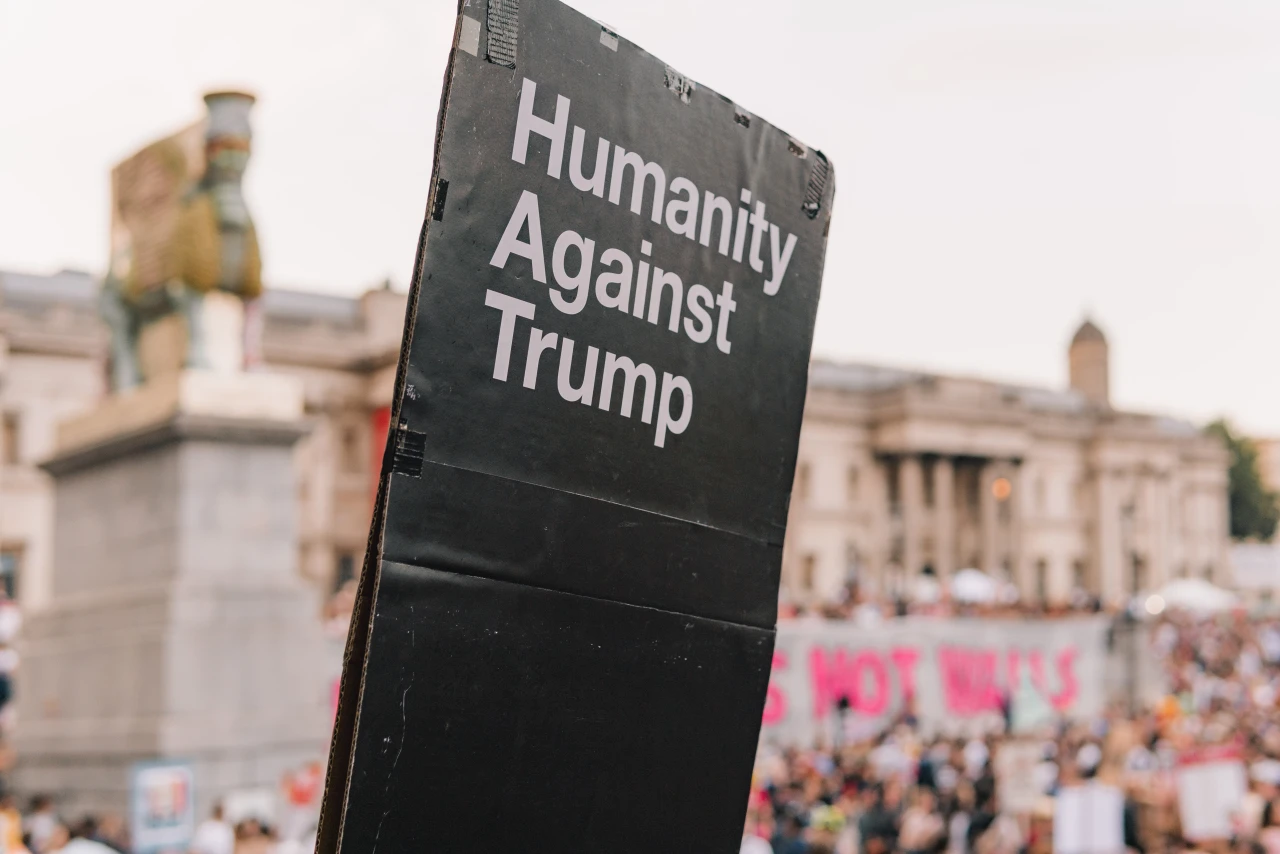Arizona 'auditors' miraculously find files they falsely claimed were deleted
Whoops. One of the people carrying out the election “audit” in Maricopa County, Arizona, kinda sorta admitted yet another big error in that drive to discredit President Joe Biden’s win in that state and set the stage for further efforts to delegitimize the 2020 elections.
Arizona Senate President Karen Fann had accused county officials of deleting data before handing it over, a charge the Maricopa County Board of Supervisors fiercely rebutted this week, writing that “the failure of your so called ‘auditors’ to locate data files on the copy they made of the County’s server speaks more to their ineptitude than it does to the integrity and actions of our dedicated public employees who effectively and accurately run the elections in the fourth largest county in the United States.”
Donald Trump seized on the accusation of deleted data, claiming, “The entire Database of Maricopa County in Arizona has been DELETED! This is illegal and the Arizona State Senate, who is leading the Forensic Audit, is up in arms.”
And then, on Tuesday, the founder of CyFIR, one of the companies working on the “audit,” admitted that “subsequently I’ve been able to recover all of the deleted files and I have access to that data.” Which is to say, the board was right and the files were there all along:
Mistakes are a nonstop event at the “audit,” post-election audit expert Jennifer Morrell wrote in The Washington Post in a detailed account of her time observing what was going on in Maricopa County.
“In more than a decade working on elections, audits and recounts across the country, I’ve never seen one this mismanaged,” Morrell recounted. For instance, “I was stunned to see spinning conveyor wheels, whizzing hundreds of ballots past ‘counters,’ who struggled to mark, on a tally sheet, each voter’s selection for the presidential and Senate races. They had only a few seconds to record what they saw. Occasionally, I saw a counter look up, realize they missed a ballot and then grab the wheel to stop it. This process sets them up to make so many mistakes, I kept thinking.”
That wasn’t the only point in the process at which mistakes were introduced or accepted—procedures for catching and correcting mistakes were seriously lacking, allowing for “a shocking amount of error. Some table managers told the counters to go back and recount when there were too many errors; other table managers just instructed the counters to fix their ‘math mistakes.’”
Morrell heard volunteers getting worked up over things they saw as evidence of suspicious ballots (Cheeto dust! Ballots cast in person that had been folded!) but that she, as an experienced auditor, knew were entirely normal things to find amidst millions of ballots. And she saw them using lots of cameras and other equipment that left her with still more concerns: “Usually, all equipment that election officials use to handle a ballot—from creating to scanning to tallying it—has been federally tested and certified; often, states will conduct further tests before their jurisdictions accept the machines. It jarred me to see volunteers using this untested, uncertified equipment on ballots, claiming that the images would be used at some point in the future for an electronic re-tally.”
Her conclusion? “This is not an audit, and I don’t see how this can have a good outcome.”

